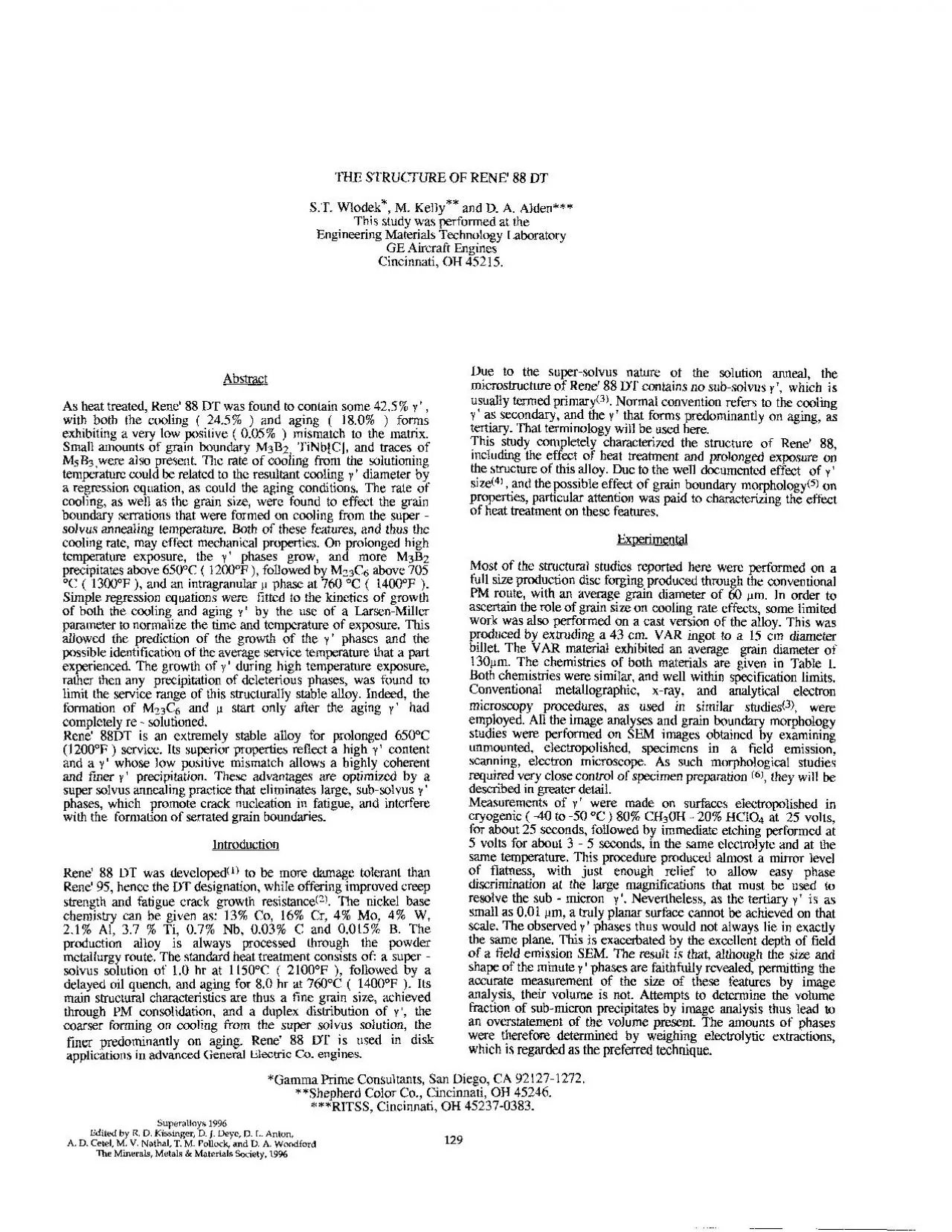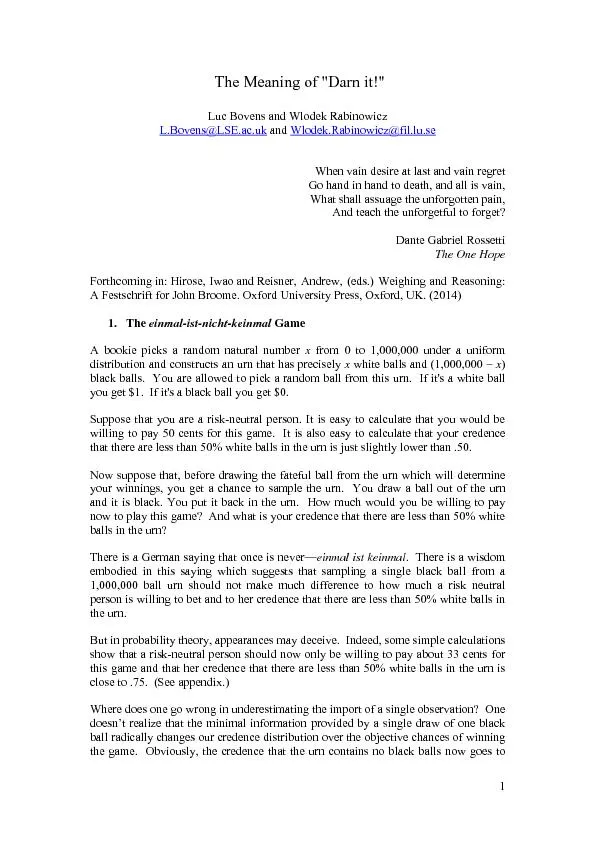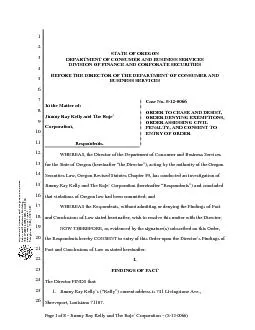PDF-THE STRUCTURE OF RENE146 88 DT ST Wlodek M Kelly and D A Alden This st
Author : arya | Published Date : 2021-08-19
Superalloys 1996 Edited by R D Kissinger D J Deye D L Anton A D Cetel M V Nathal T M Pollock and D A Woodford The Minerals Metals Materials Society 1996 129 I FULL
Presentation Embed Code
Download Presentation
Download Presentation The PPT/PDF document "THE STRUCTURE OF RENE146 88 DT ST Wlodek..." is the property of its rightful owner. Permission is granted to download and print the materials on this website for personal, non-commercial use only, and to display it on your personal computer provided you do not modify the materials and that you retain all copyright notices contained in the materials. By downloading content from our website, you accept the terms of this agreement.
THE STRUCTURE OF RENE146 88 DT ST Wlodek M Kelly and D A Alden This st: Transcript
Download Rules Of Document
"THE STRUCTURE OF RENE146 88 DT ST Wlodek M Kelly and D A Alden This st"The content belongs to its owner. You may download and print it for personal use, without modification, and keep all copyright notices. By downloading, you agree to these terms.
Related Documents














